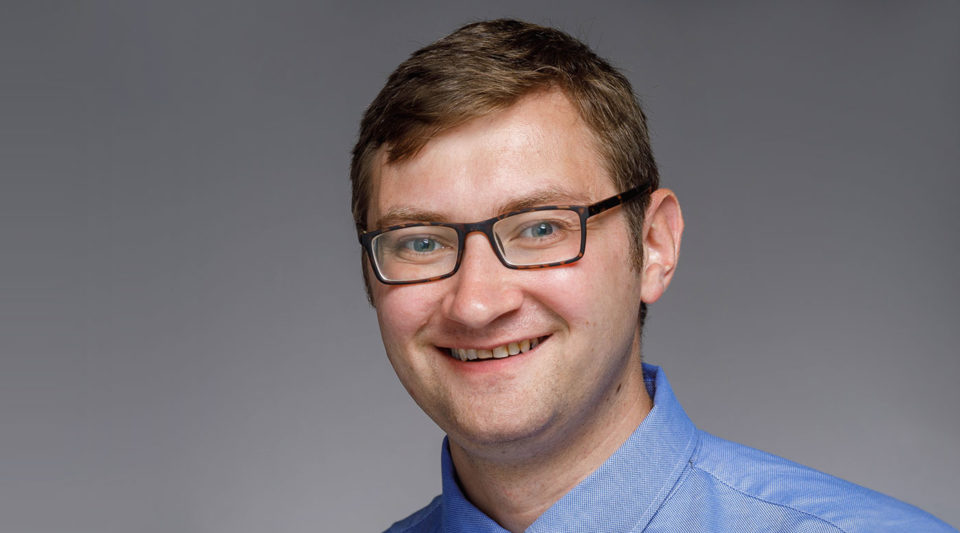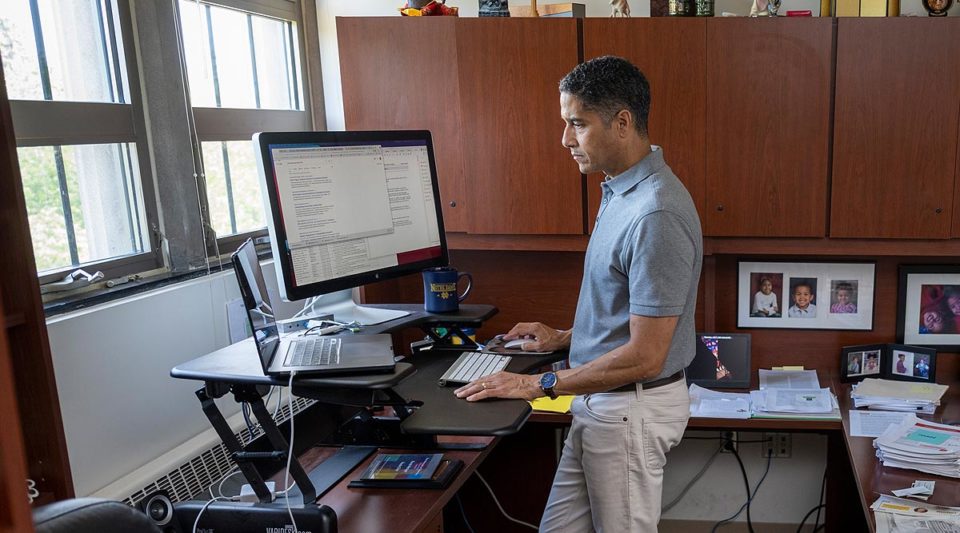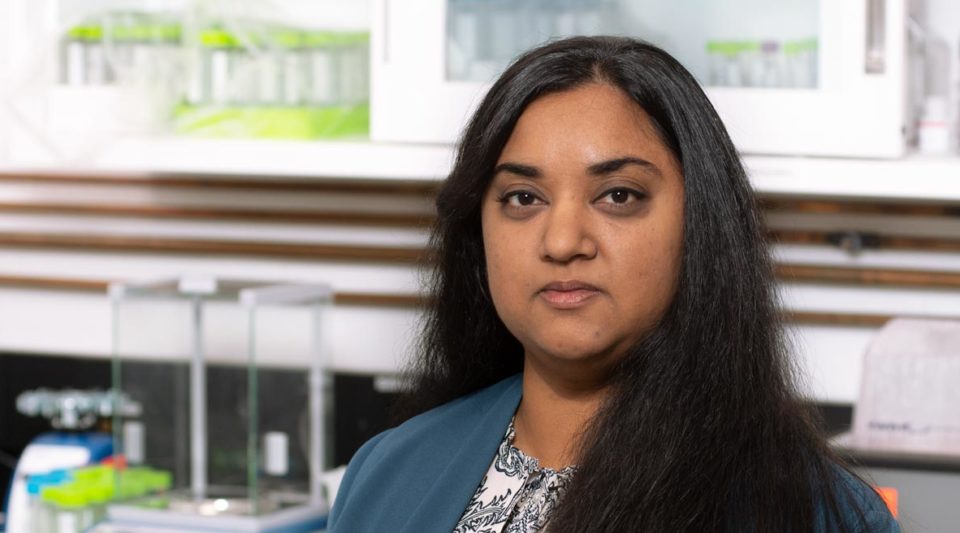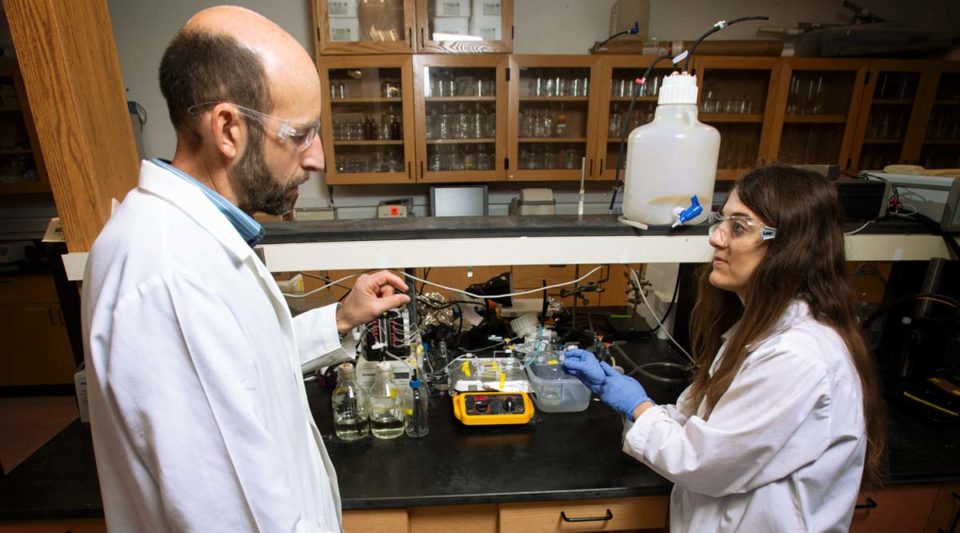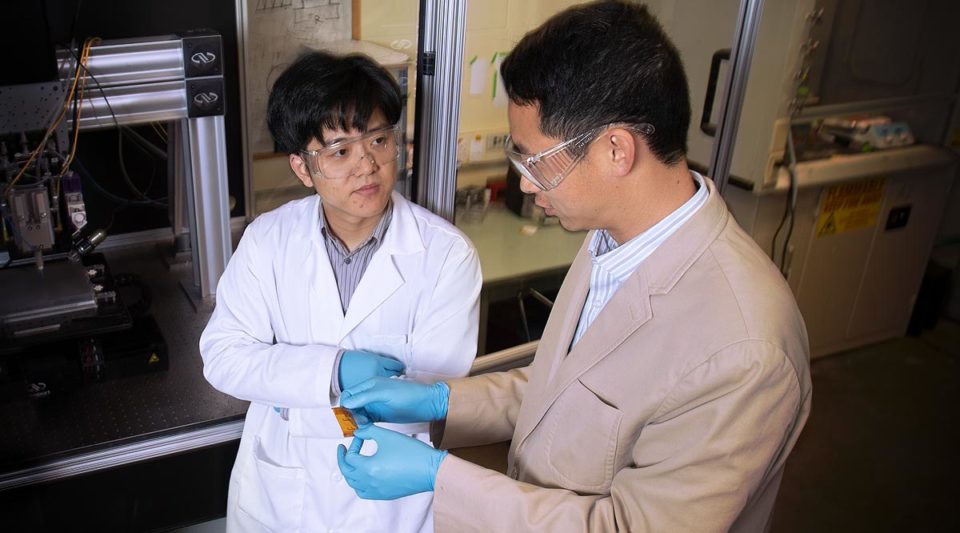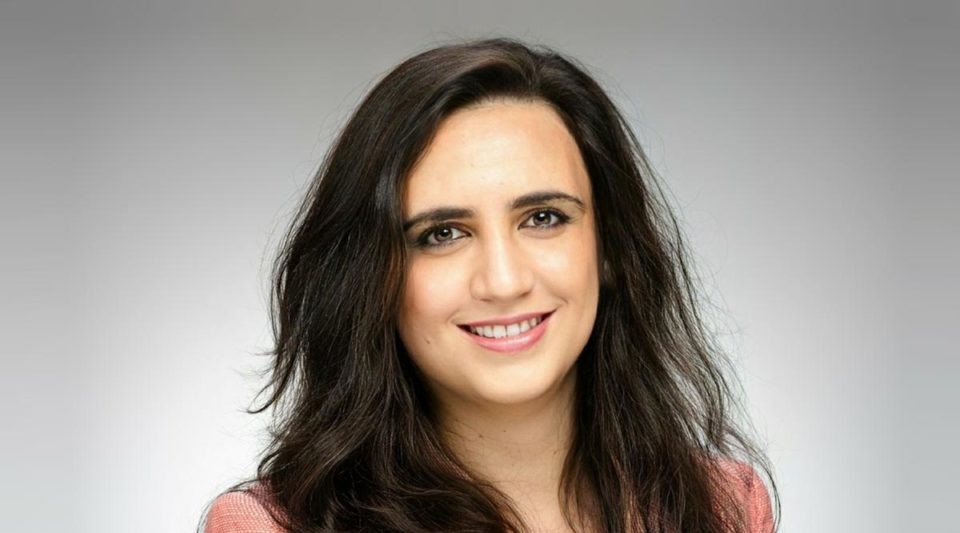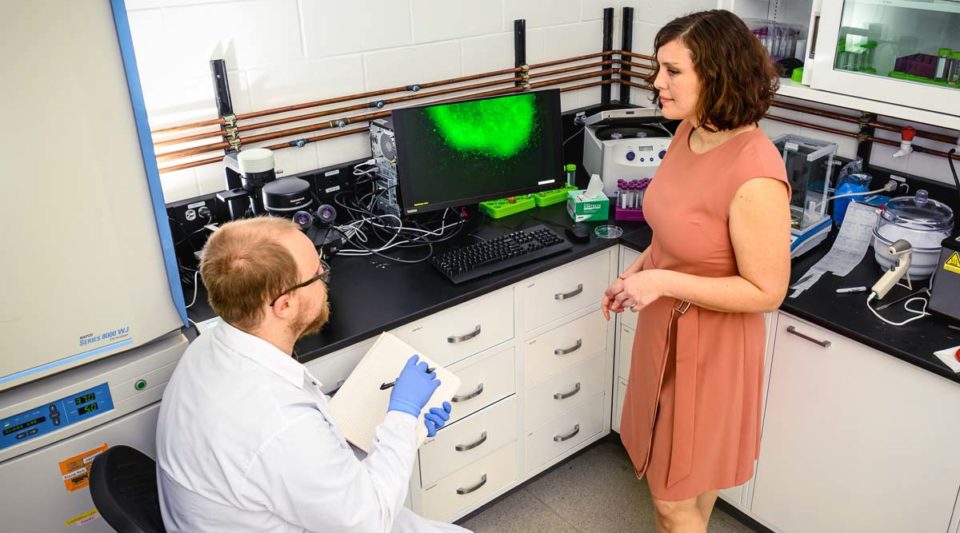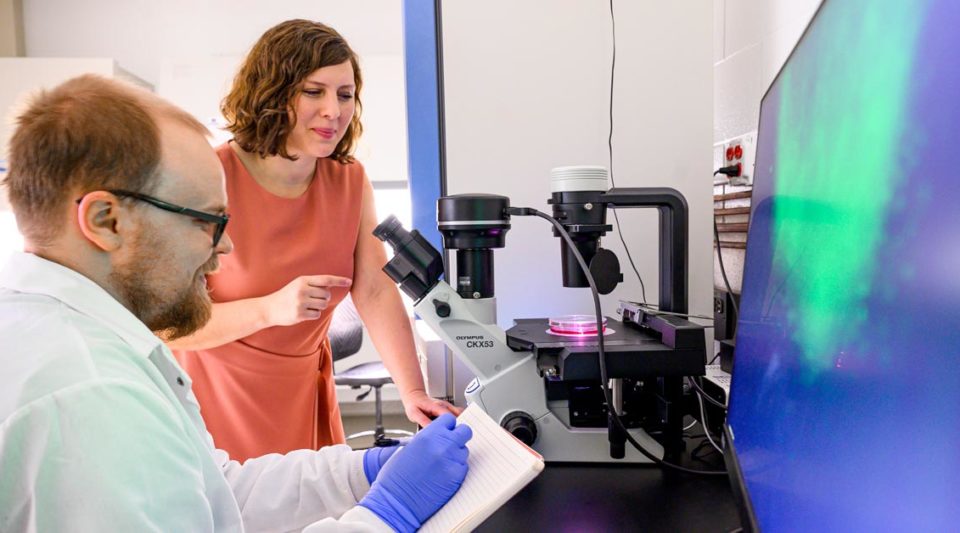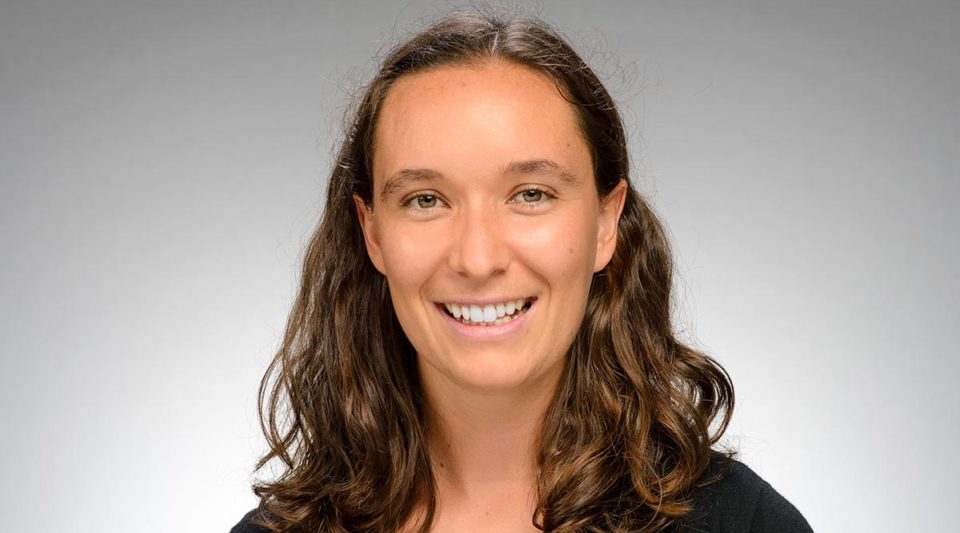
Vine robots: Exploring new paths to safety and health
The animal kingdom has long been a source of inspiration for the design of robots, which use legs to walk, run, jump, and climb. Now researchers are pioneering a new class of soft robots inspired by the plant kingdom — especially vines, which use growth as a way to move around, over, and …
